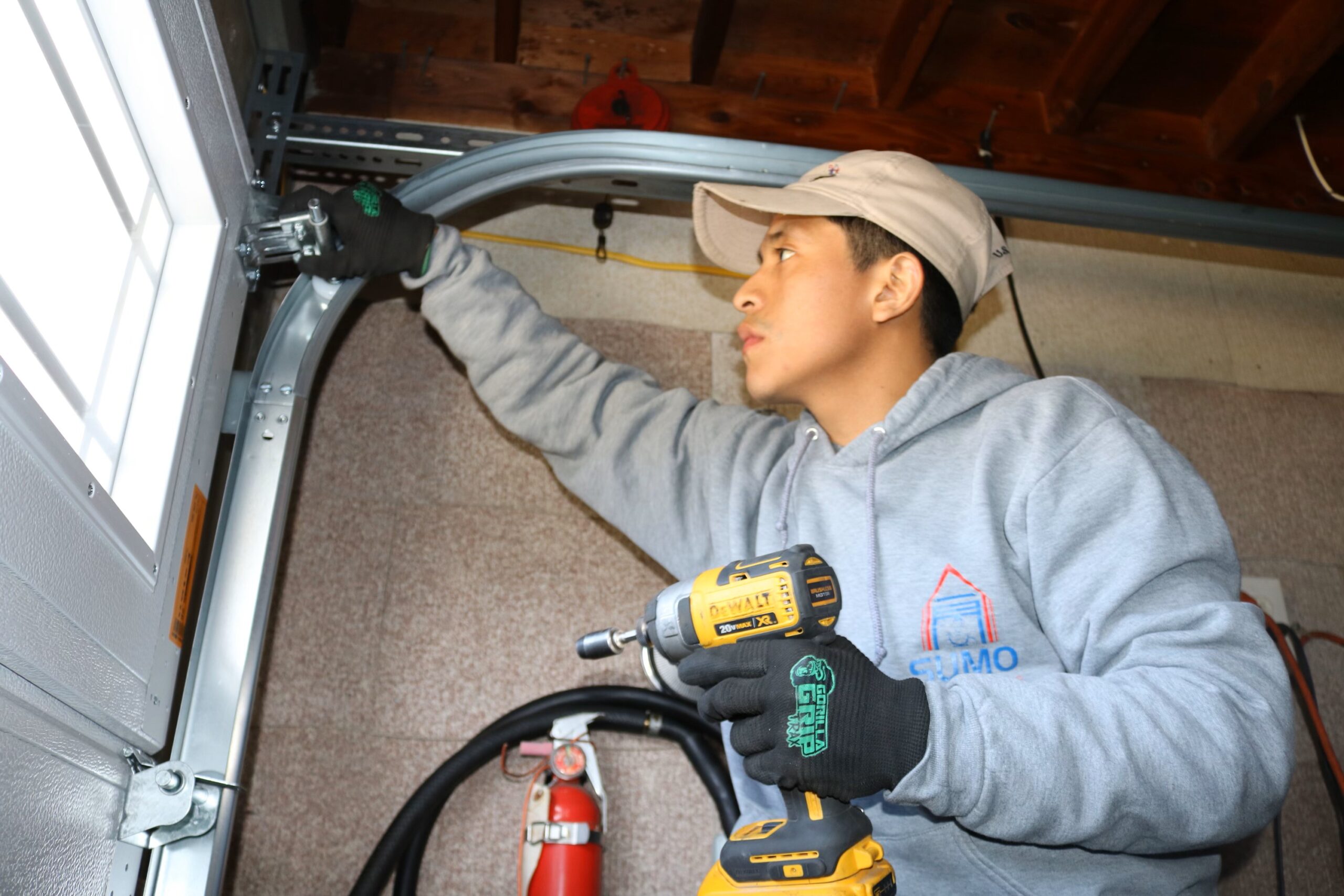Garage entrances are often ignored until they start producing problems. The truth is, a reliable garage door is crucial not only for the functionality of your daily routine but also for the safety of your home. Understanding how to identify the indicators of wear and tear can save you hours, money, and even annoyance down the line.
In this article, we will share the top ten garage door fixing tips from the experts. If you are experiencing a noisy opener, a door that won’t budge, or a faulty spring, these insights will help you know when to tackle repairs on your own and when to contact specialized assistance. By being aware, you can better maintain your garage door and ensure it works smoothly for the long term to come.
Common Garage Door System Challenges
Garage doors are a vital part of residential safety and convenience, but they can encounter numerous problems over time. One common issue is the malfunction of the garage door opener. This can be due to a defective remote, low batteries, or an blockage in the door's path. If the door doesn’t respond to signals, checking the power supply and verifying the sensors are clear can often fix the issue.
Another frequent issue is a out-of-alignment track. If the garage door is not moving fluidly or is catching at certain points, it may be necessary to inspect the tracks for clutter or warping. Ensuring that the tracks are aligned and sufficiently aligned can help in the effective operation of the door. A regular maintenance check can help catch these problems early.
The springs of the garage door are also a vital component that can wear out or shatter over time. A damaged spring can cause the door to become nonfunctional or even lead to safety hazards. Homeowners should be mindful of the signs of spring wear, such as a door that won't lift or closes too fast. If you suspect the springs are broken, it's crucial to reach out to a professional for service, as looking to fix them without proper training can be hazardous.

Do-It-Yourself Repair vs. Professional Help
When faced with garage door complications, homeowners often weigh the option of DIY repairs against consulting a professional. Self-repairs can be a budget-friendly solution for minor problems, such as updating remote batteries or tightening loose screws. Many homeowners and residents feel confident to take on basic jobs like lubricating moving parts or fixing misaligned tracks, which can enhance the door's functionality without substantial expense. However, it’s paramount to consider your expertise and the complexity of the repair before diving in.
On the other hand, some garage door fixes require expertise and special tools, making expert assistance the safer and more effective choice. For Have a peek at this website , dealing with fractured springs or cords can be risky and should be addressed by experts to avoid harm. Additionally, professionals can accurately identify root problems that might not be immediately apparent to the layperson. The comfort that comes with knowing the job is done properly can counterbalance the initial cost.
In conclusion, the decision between self-repair and expert assistance hinges on the magnitude of the issue and your readiness with managing repairs. Simple routine maintenance might be manageable, but complex problems or risk factors should prompt a reach out to a professional. Understanding your limitations can save effort and expense while ensuring the safety of both you and your garage door.
Care and Safety Advice
Routine upkeep is essential to making sure your garage door functions smoothly and securely. Examine your garage door at least monthly for signs of wear and tear. Look for worn cables, rusted joints, and any loose hardware. Oil moving parts, including rollers, springs, and tracks, to minimize friction and noise. A properly serviced garage door not only extends its lifespan but also prevents costly repairs in the future.
Safety is paramount when handling garage doors. Always unplug the power when conducting maintenance or inspections to prevent unintended activations. Ensure children and pets away from the door while it is in motion, and make sure remote controls are out of reach. Set up photo-eye sensors and regularly check them to ensure proper functioning. Understanding the inherent dangers of a faulty garage door system can assist you take preventative measures to protect yourself and your family.
In furthermore, familiarize yourself with the manual release feature of your garage door opener. In case of power failure, this enables you to operate the door manually. Consistently check the alignment of your garage door by detaching the opener and lifting the door halfway; it should remain steady. If it doesn’t, it may require realignment. Prioritizing safety and maintenance will ensure your garage door functioning properly and provide your peace of mind.
